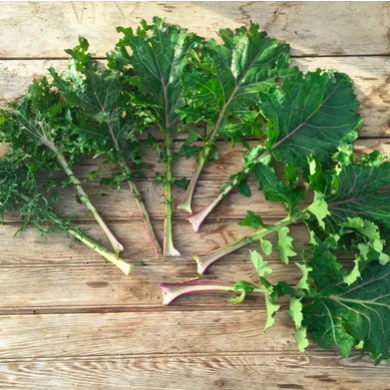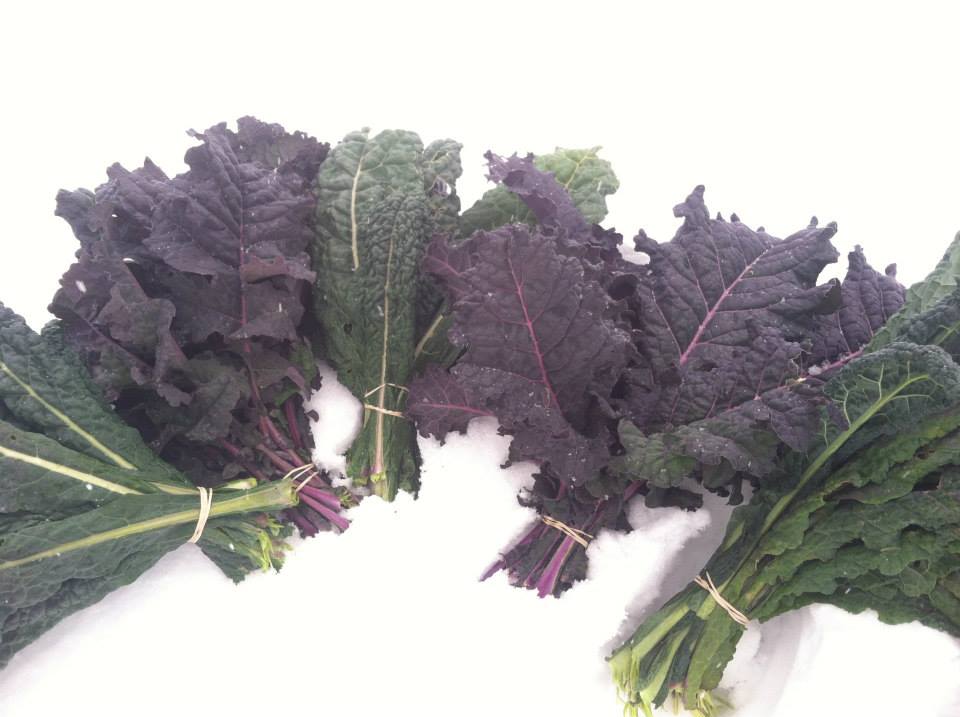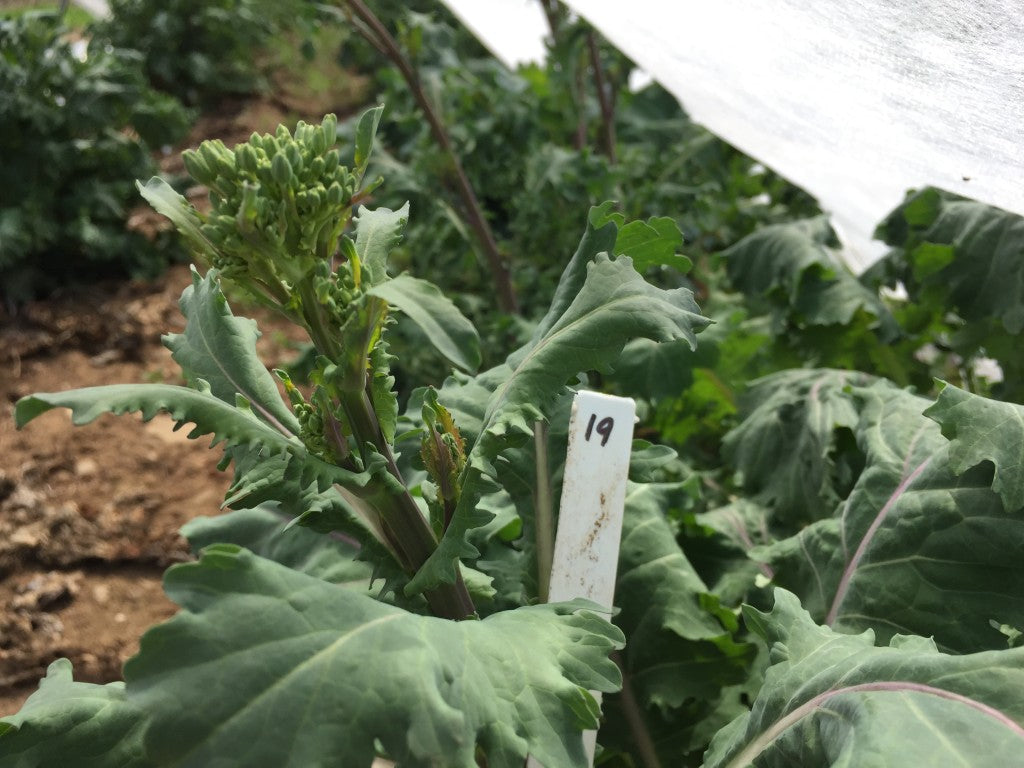
A Year of Kale
Eight years ago, the world thought that kale was a trend, but now its safe to say that its a staple in any nutritious diet! If you long for kale year-round, look no further than your own backyard for the source. In the past we've written about the benefits of multiple kale plantings, particularly, seeding a round of kale in the summer for fall harvests, and with the right variety selection and a bit of timing, you can plant a few plantings to achieve a good crop of kale 12 months out of the year.
Here's what you need to know:
1. Plant different varieties for the seasons.
- In March seed Dino Kale, it shines in the spring, but by the summer, this variety really starts to suffer from the heat. This planting will be harvested May-June.
- In April & May seed Russian kales like Gulag Stars and Ragged Jack. They both do well in the spring, but our more abundant than the European kale varieties in the heat of summer. This planting will be harvested July-September.
- In June and July, start your fall and winter crop. Seed cold hardy varieties like Rainbow Lacinato, Gulag Stars and Siberian Kale. This crop will be harvested October-March, and should be about 3 times larger than your spring and summer plantings to accommodate your winter harvest needs.
2. Plant enough to let kale recover between harvests. To maximize the production of your kale, only harvest 2-3 large leaves from each plant, then allow them to grow large leaves again before the next harvest, typically 1-2 weeks depending on the season. If harvested this way, you will need about 5 kale plants to produce 1 bunch of kale every 1-2 weeks. If you want to eat 2 bunches of kale per week, plan to plant 10 plants, and so on.
3. Use row cover to help overwinter some plants. Hoops and row cover can extend your harvest window into late fall and early winter, but can also ensure that many plants will survive the winter and put on new grow in the early spring. Once snow and ice hot int he winter, it can be very difficult to harvest under row cover, so leave a few plants out to pick from.
4. Eat the kale rapini in the spring! Spring is consider the hunger gap, when temperatures warm but the ground isn't yet workable for new plantings. Overwintered kale can close this gap! If you've ever overwintered kale before, you might have seen it flower in late spring. Before it flowers, it produces lots of leaves and tender shoots that you can use as rapini. (You'll see how closely related kale is to broccoli too!) Harvest the tender stems and leaves with the rapini, chop and saute with garlic and olive oil.








